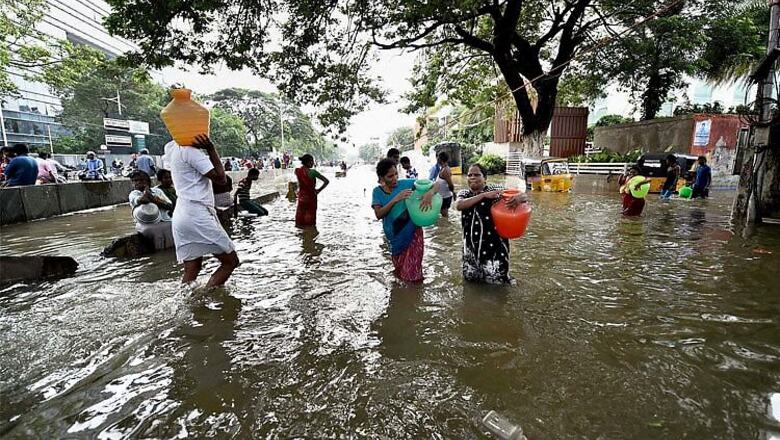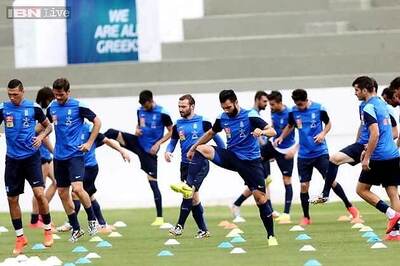
views
The recent floods in Chennai is a stark reminder of the consequences of allowing traditional water bodies to fall prey to the demands of a growing city and unplanned development. What may have been lakes or tanks till a few years ago, have today become sites for residential or commercial buildings. There needs to be a concerted and multi-stakeholder effort to save dying traditional water bodies in Chennai and many such cities and towns across the country.
India has thousands of traditional water bodies (ponds, tanks, lakes, vayalgam,ahars, bawdis, talab), broadly categorised as wetlands, which are rich repositories of biodiversity. Globally, lakes make up less than 3% of the landscape, but bury more carbon than all the world's oceans combined. However, these water bodies are under continuous and unrelenting stress, caused primarily by demographic pressure and economic growth.
As a start, the Council on Energy, Environment and Water (CEEW) has been mapping and measuring the quality of 120 water bodies in Meerut district. Even a single district in India can demonstrate how unplanned and unsustainable development can threaten not only hundreds of water bodies but also undermine future economic growth. Whereas, historically, communities across India were known to give immense importance to these water bodies, serious steps are now needed to preserve them. A well planned strategy would include the following.
Precise information: GIS mapping and water quality analysis of these water bodies is essential. Biannual/seasonal change detection of both area and quality could be then easily performed by the local institutions. This information should be made public. A good water quality monitoring systemwould reduce the chances of polluters and illegal developers escaping prosecution.
Understanding public perception: Surveysare needed to gauge the reasons behind public negligence towards these water bodies.Awareness generation and behaviour changeshould be the core of any conservation plan.
Pricing services:These water bodies often provide more valuable services than land. Evaluating and putting a price on them could be the key to protecting them.City development/industrial area development plans should estimate the price and equivalent compensation should be made mandatory.
Externalities and litigation: It would be necessary to also estimate and make people aware of the negative impacts, especially on health, due to polluted water bodies.Most of the cases where ponds/lakes have been restored have been due to filing PILs against the negative health impacts caused by the pollution.
Financial support: GIS mapping, water quality analysis, public surveys or development of information systems would need financial support. However, compared to the funds allocated for irrigation development projects, the funds required for restoration of traditional water bodies would be insignificant.
Collective action: Whether they act as information provider, as whistle blowers or as contributors of labour, without community participation such efforts are unlikely to sustain over time.
Building sustainable and climate change resilient cities is a key issue being discussed at the ongoing Conference of Parties (COP21) in Paris.
(Rudresh Kumar Sugam is a Junior Research Associate at the Council on Energy, Environment and Water, one of India’s leading climate think-tanks.)




















Comments
0 comment